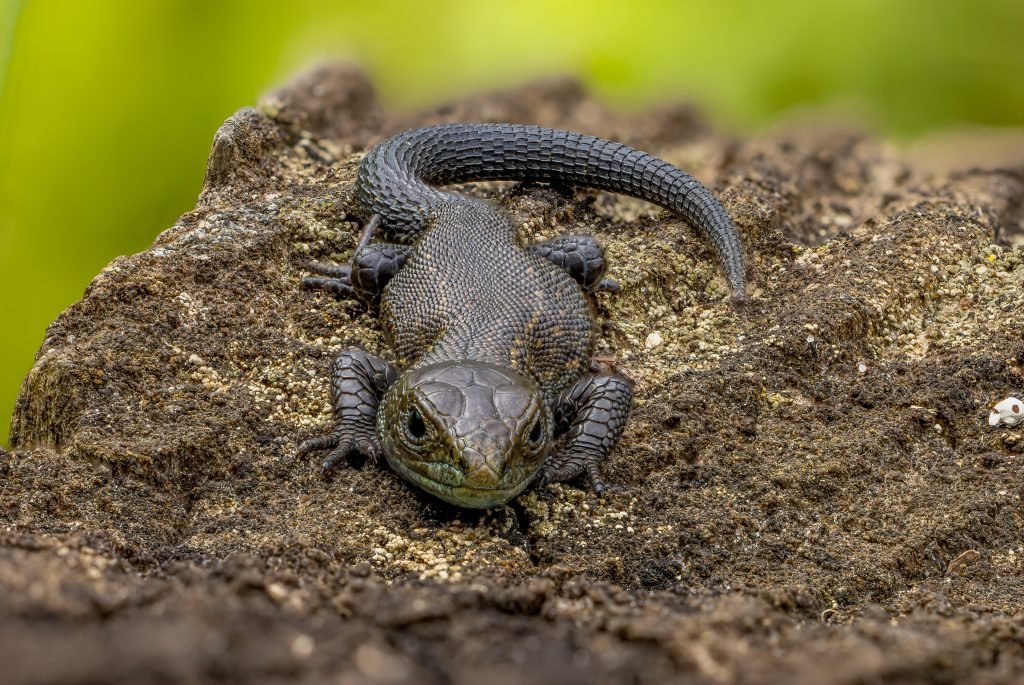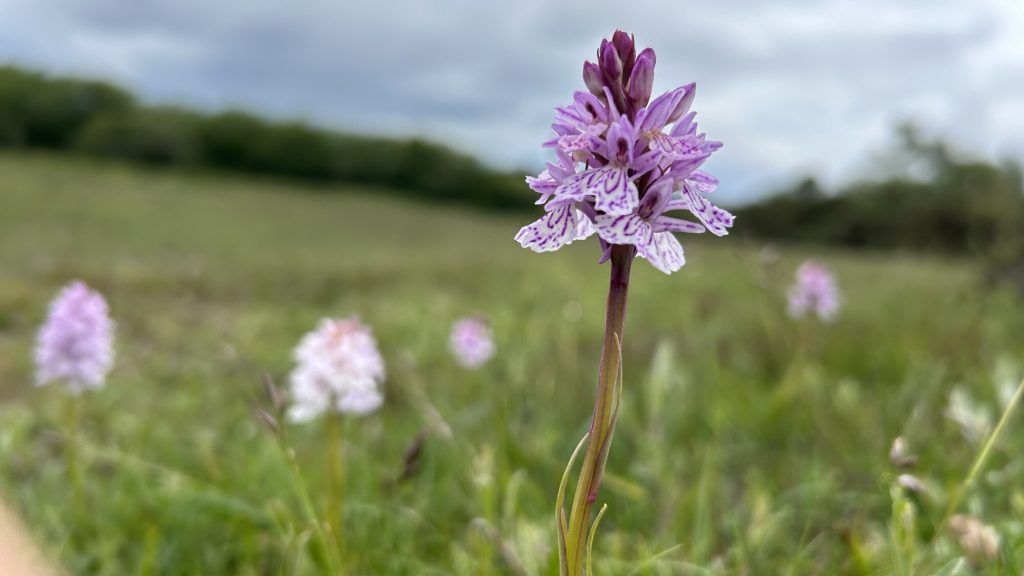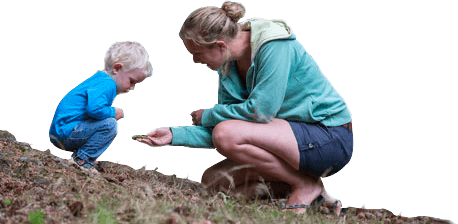July wildlife highlights
PUBLISHED ON: 11 JULY 2025July is a fantastic month to enjoy the sunny heaths and valley mires of the New Forest. In the summer heat you may catch a glimpse of our resident reptiles. Early in the day before the sun gets too intense is the optimal time. You might spot an adder, sand lizard, smooth snake or common lizard (pictured below) stretched out and soaking up the rays.

Meanwhile, plants in the Forest are putting on a spectacular show. Bell heather, cross-leaved heath and dwarf gorse are coming into flower, along with dodder and the delicate, rare harebell. Now is a good time to look for orchids: the beautiful common-spotted, heath-spotted (pictured below) and lesser butterfly orchids are in flower on the heathlands, while in the valley mires the early marsh orchid is reaching the end of its flowering season and the rare, tiny bog orchid is starting to bloom. Remember to be careful not to trample on them, and take only photos, leaving these fascinating and vibrant flowers for others to enjoy.

As summer settles there’s a different noise in the air. The dawn chorus has made way for the chatter of the next generation. Newly fledged birds are calling out to parents or to each other, as they learn the ropes of adult life. Overhead and all around heathland butterflies like the grayling (pictured below), silver-studded blue, peacock, small heath, and small tortoiseshell flit from flower to flower, making the most of the nectar and pollen.

If you’re seeking shade head into the woodlands where the insect world is very active. You might spot the impressive stag beetle, the hard-working dung beetle, hornets, or a trail of southern wood ants going about their business.
As summer peaks, the adult cuckoo (below) is the first of the summer migrants to leave the Forest and journey south. Their chicks, raised by unsuspecting pipits, dunnocks and warblers, will find their own way to Africa later in the season.

From dusk till dawn, bats are on the wing hunting for insects. The youngsters, known as pups, are sometimes found on the ground as they learn to fly. After dark is also the perfect time to witness the soft green glow of glow-worms. Glow-worms are not actually worms at all but beetles, and it’s only the flightless females that shine so brightly, hoping to catch the eye of a male passing by.
If you spot any interesting wildlife whilst out and about in the New Forest please share a photo with us on Facebook or Instagram.

